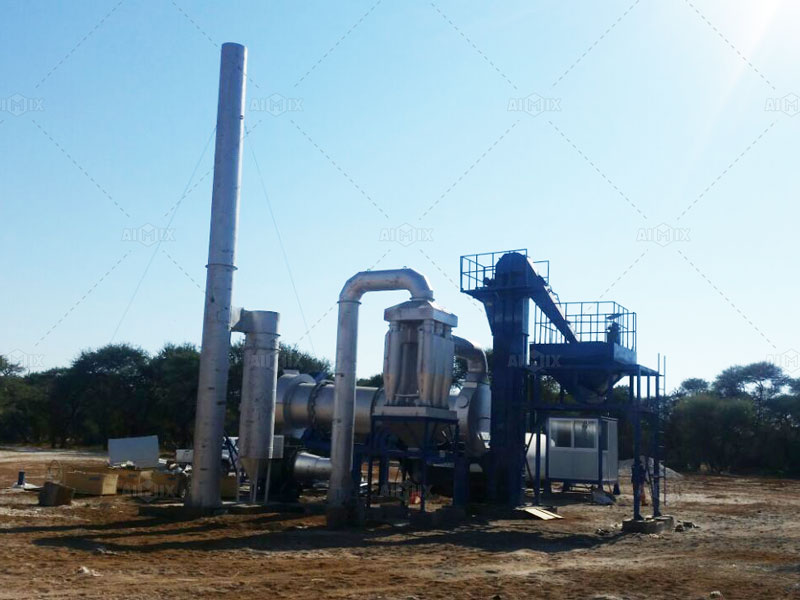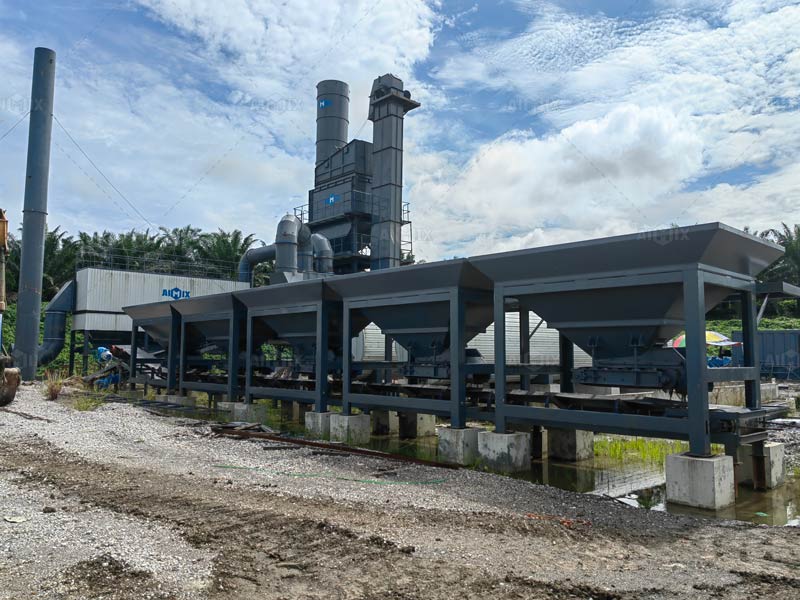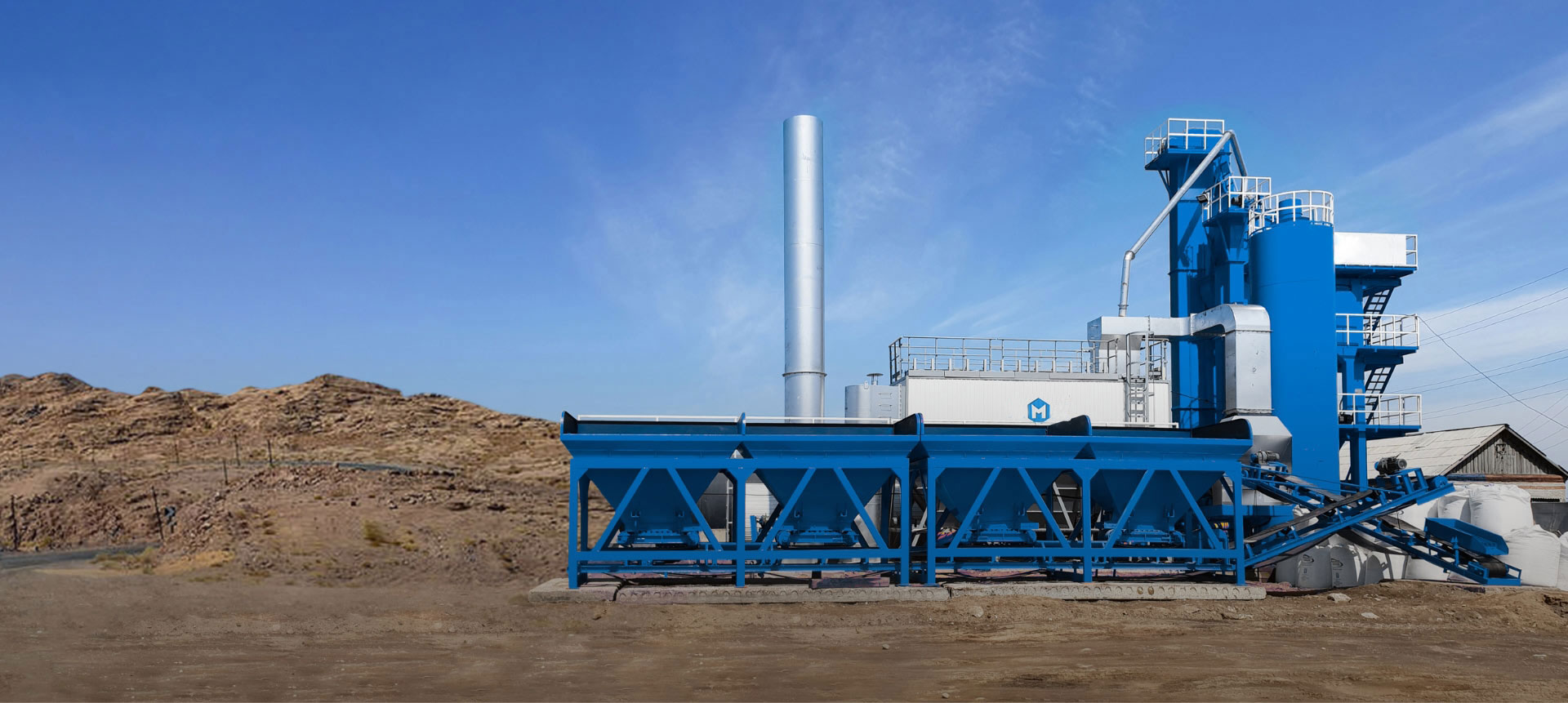What is an asphalt plant?
Also known as a hot mix plant or asphalt mixing plant, this is a machine that is used in the preparation of asphalt concrete that is commonly used for paving roads, parking lots, highways, airport expressways and other surfaces that typically see a lot of heavy traffic.
How does an asphalt plant work?
Though there are different types of asphalt plants(planta de asfalto en venta), these machines have the following basic components: coal feeder, coal burner, filler supply system, cold aggregate supply system, vibrating system, weighing and mixing system, dust collector, hot aggregate elevation system, bitumen supply system, and for some types of plants, a drum dryer. Each of the components mentioned above usually plays a specific role in the production of asphalt concrete for paving.
Depending on the work at hand, the type and coarseness of asphalt concrete that needs to be produced may vary.
Basically, a hot mix plant usually heats a combination of aggregates, sand and a filler such as sand dust before a binder such as bitumen is added to the mixture so that asphalt concrete can be formed.

What are the different types of asphalt mixing plant available in the market?
Asphalt plants can be broadly classified into three main categories as shown below…
1. Classification based on production capacity
This classification usually takes into account the hourly production capacity of a plant. There are three types of plants under this classification namely:
– Mini asphalt plants
– Medium asphalt plants
– Large asphalt plants
Mini asphalt plants usually have the lowest production capacity while large plants have the largest hourly production capacity great site: https://aimixgrupo.com/.
2. Classification based on mobility
This classification usually takes into account whether the plant can be moved freely across the construction area. Under this class, there are three types of plants namely:
– Mobile plants
– Semi stationary plants
– Stationary plants
Mobile plants can be moved freely across different construction sites while semi-stationary plants are usually typically mounted on several trailers before later being assembled when they arrive at the construction site. A stationary plant on the other hand only operates from a fixed site.
3. Classification based on mixing method
There are two main types of asphalt plants under this classification namely:
– Batch mix plants(planta de asfalto discontinua)
– Drum mix plants

Batch mix plants usually mix small accurate batches of asphalt until the total tons required for a construction project has been achieved. Drum mix plants on the other hand usually prepare the total tons required for a construction project through a continuous process before the mixture is eventually sent to the construction site.
Asphalt plants can also be categorized based on the environmental protection features incorporated within the plant design such as noise mufflers and enhanced carbon filters. Additionally, these plants can also be categorized based on their resource recycling capability. For example, there are plants(plantas asfálticas continuas) that can recycle old asphalt and in the process prevent further environmental degradation. There are also some other types of plants that can re-use the gases from the asphalt mix manufacturing process hence lowering the rate of carbon emissions to the atmosphere.
